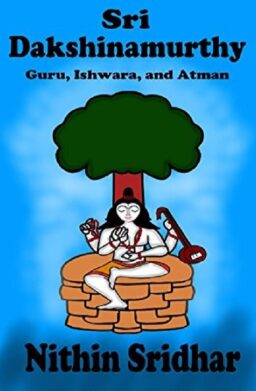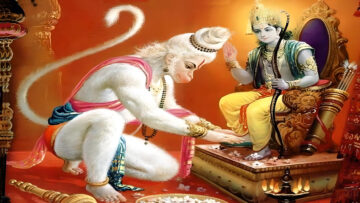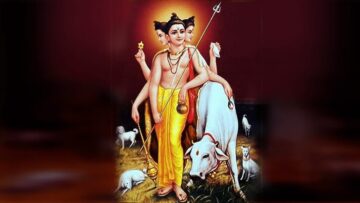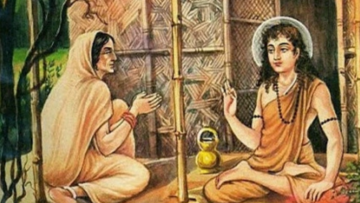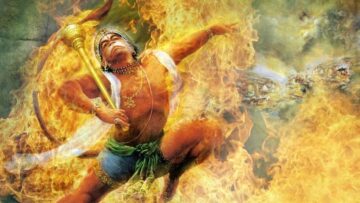In Kannada, there is a common proverb: ಮೂರ್ತಿ ಚಿಕ್ಕದಾದರೂ ಕೀರ್ತಿ ದೊಡ್ಡದು (Even if the idol is small, its reputation or fame is far higher). The significance of a book can’t be judged by its size, but through the sheer depth of the content. Occasionally, one comes across a small book with profound impact – this is one such which has its soul in the right place.
Nithin Sridhar has distilled the significance of Guru and Dakshinamurthy from various vedantic resources and created this gem of a book that packs a plethora of information. As one traverses through its pages, the reader is in for a surprise with the sheer gamut, depth and breadth of vedantic wisdom contained in its paragraphs. Of course the highlight being the multiple references provided by the author at every juncture, right down to the chapter and verse level. This is a clear indication of the depth of the research and knowledge of the author in creating this magnificence. One of the highlights of the book is the liberal & quite consistent usage of Indic words (example: Dharma, Buddhi etc). Brilliant!!
In the first chapter, the word “Guru” has been explained in great detail with multiple references across Upanishads, Manusmriti, Manasollasa to Uddava Gita. The author has ensured that no confusions prevail about Manasollasa by quoting the author, i.e. Sureshvaracharya, disciple of Adi Shankara (There is another pioneering work by 12th Century King Someshwara III with similar name). The concept of Paramatma, Guru & Atma being non-different from each other is explained very eloquently through multiple references.
In the subsequent chapters, the author expands on Dakshinamurthy first in human form and later in the form of Ishwara. References from Vivekachudamani make for an enlightening read as one learns more about the manifestation of the Bhagwan. The explanation of Dakshinamurthy Stotram by Adi Shankara along with a related commentary further details the concept. The meaning of Dakshinamurthy name is explained in Chapter 4, with multiple references from Upanishads. The condensed commentary is very wonderfully written and gives an apt insight. The right term for the same is Vedanta Darshana as quoted by the author himself in the book. In one of the paragraphs, he elaborates on the concept of Vichara – Self inquiry from Vivekachudamani. For interested readers, this is a concept perfected and diligently applied by one of the major influencers in world history, Benjamin Franklin. If the first 4 chapters were exhilarating, the final chapter reaches the right crescendo where the meaning of the words “Sri” and “Namah” attached with final stanza of every stotra in Dakshinamurthy Stotram by Adi Shankara is eloquently explained. The meanings, the manifestations & ramifications thereof are simply wonderful. Namah indicating the desire & intention of the devotee to complete merge with deity & attain Sayuja is quite a thought-provoking & deeply enlightening concept. One point to note: The cover design of the book requires a look-in as the author’s name in black is not visible against the dark blue background.
Overall, this book is a must read for one and all. When I picked it up off the shelf, I thought it would be apt for the young minds and once I read through the same, I found it elucidating a vedantic concept, which was enlightening & enriching. Overall, a must have, must read book.
Note: Sri Dakshinamurthy: Guru, Ishwara, and Atman by Nithin Sridhar. 2019. Notion Press, is available on Amazon as Paperback and Kindle Ebook
Disclaimer: The opinions expressed in this article belong to the author. Indic Today is neither responsible nor liable for the accuracy, completeness, suitability, or validity of any information in the article.

